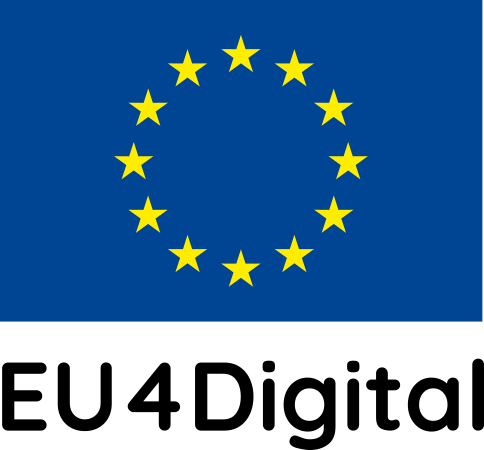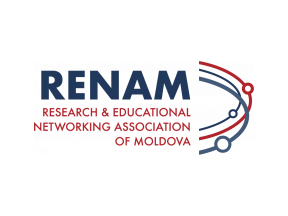With support from Moldova’s research and education network RENAM, a national colposcopy network is using digital tools and telemedicine to transform cervical cancer prevention, empowering regional doctors, improving access for women, and saving lives.
At a recent international conference hosted in Chisinau, Dr. Diana Valuta, Head of the Cervical Screening Coordination Unit, Research Institute for Mother and Child Health Care, shared powerful insights into how technology is transforming healthcare delivery across the country.
Cervical cancer is the only cancer that can be completely eliminated from the lives of 21st-century women, Dr Valuta told delegates. The key lies in prevention: vaccination and early detection. Moldova’s journey to achieve this has involved not only medical strategies but also digital transformation, enabled by the country’s national research and education network, RENAM.
A national network for early detection
Since the launch of a nationwide screening programme in 2014, Moldova has made remarkable progress. A centralised Cervical Screening Registry now supports accurate outreach, tracking, and follow-up for women aged 25 and over. Built into the national health system, the registry enables doctors to identify eligible patients, manage appointments, and analyse outcomes – ensuring that no one falls through the cracks.
But one of the most transformative steps came in 2023 with the launch of the National Colposcopy Network. Twelve regional hospitals across Moldova are now equipped with standardised diagnostic tools linked via a digital platform to the National Colposcopy Referral Centre in Chisinau. Thanks to videoconferencing support from RENAM using the BigBlueButton platform, specialists in the capital can supervise and guide colposcopy and biopsy procedures in real time—even surgeries—taking place 100–200 km away.
Impact on women’s lives
The results are already being felt. Women no longer need to travel long distances for diagnosis and treatment. Colposcopy attendance has doubled, and treatment coverage for precancerous lesions has tripled to 78%. In rural areas, access to high-quality care has never been easier.
“The system is very secure, reliable, and supports high-quality video,” said Dr Valuta. “We’re now able to observe procedures remotely, offer immediate guidance, and empower doctors in remote regions to take confident action.”
Building for the future
With screening now largely digital, Dr Valuta is thinking about next steps: expanding digital lab services and building a photo and video archive to train AI tools for improved diagnostics. A national training hub is also considered beneficial to be developed to upskill medical personnel and drive digital adoption.
Behind this transformation, Dr Valuta said, is not magic—but “a great deal of hard work, numerous processes, and a significant amount of responsibility.”
Moldova’s experience shows how national infrastructure and NREN support can bring advanced medical services to the people who need them most—saving lives, improving care, and driving equity through innovation.
This post was inspired the Advanced technologies in public health: the National Colposcopy Network in the Republic of Moldova story first published on the EaP Connect website.








